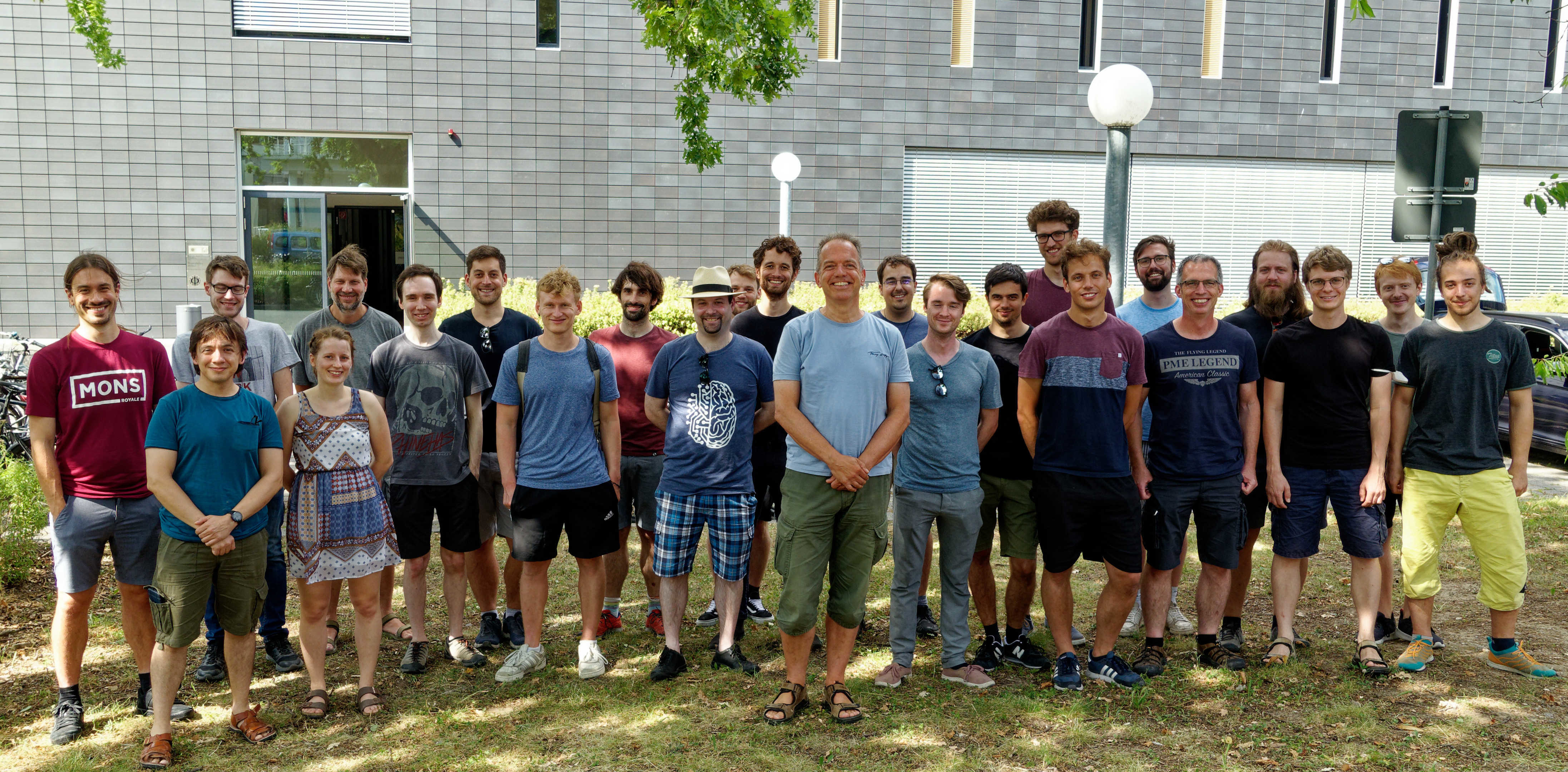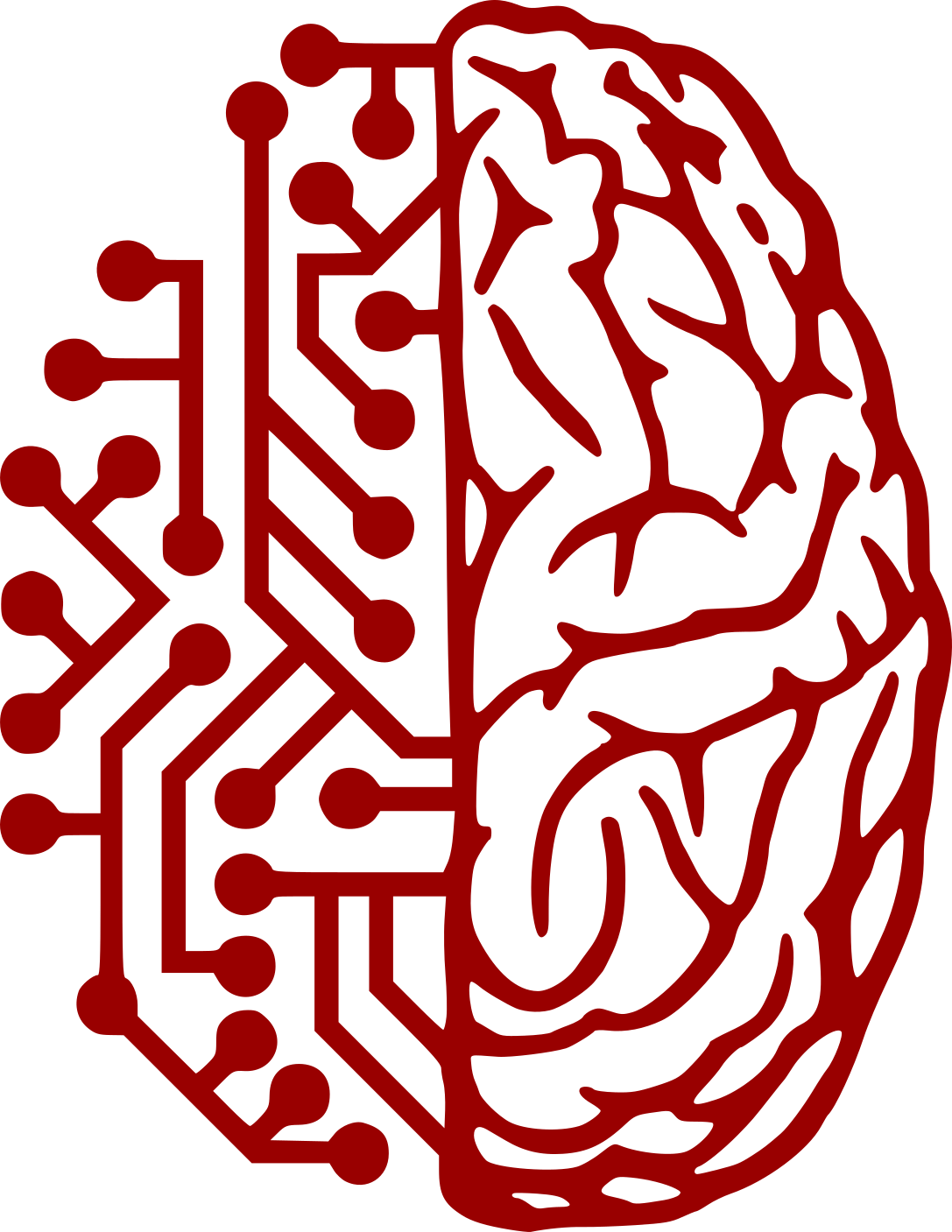
The Electronic Vision(s) Group at the Kirchhoff-Institute for Physics was founded in 1995. The initial goal was to use the infrastructure available at the ASIC Laboratory for Microelectronics for the development of a vision substitution system based on CMOS image sensors. It soon became clear that the interdisciplinary nature of this project opens exciting research opportunities also in neighboring fields. The group has consequently expanded its scope. In the recent years it performed basic research on tactile perception, built and operated tactile displays and developed analog VLSI circuits for various signal processing tasks.
The different branches of the group's research were always linked by their usage of mixed-mode, massively parallel VLSI technology. During the last years, the research focus has shifted from sensors to information processing. Evolutionary algorithms have been used to configure analog circuits in flexible transistor arrays as well as artificial neural network chips, both developed and built by the group. New ideas from neurobiology have recently given the neural network research strong impulses. The computing with transient states, also known as 'liquid computing', as well as contemporary ideas of synaptic plasticity have generated new interest in the realization of hardware models of neural circuitry.
From 2006 to 2010, the Electronic Vision(s) group was member and coordinator of the European joint research project FACETS. FACETS consisted of 15 partners in 7 countries, among which are biologists, computer scientists, mathmaticians, physicists and engineers. The goals of FACETS were
In 2011, the BrainScaleS (Brain-inspired
multiscale computation in neuromorphic hybrid systems; pronounced as bɹeɪnskeɪlz) started and ended on
March, 31st 2015. It is a collaboration of 18 research groups from 10 European
countries. The BrainScaleS project builds on the research carried out in the
FACETS project (2005-2010) and will for the planned student education work
together with the Marie-Curie initial training network
FACETS-ITN.
On 24 October 2018 the founder of the group, Prof. Karlheinz Meier, died. The group continues the research under the lead of Dr. Johannes Schemmel.
The group is active in the 'silicon brains' part of the Human Brain Project (HBP) flagship since the formation of the project. The last 3-year funding phase of the HBP project lasts from April 2020 to March 2023.
Electronic Vision(s) Group – Dr. Johannes Schemmel
Im Neuenheimer Feld 227
69120 Heidelberg
Germany
phone: +49 6221 549849
fax: +49 6221 549839
email: schemmel(at)kip.uni-heidelberg.de
How to find us

